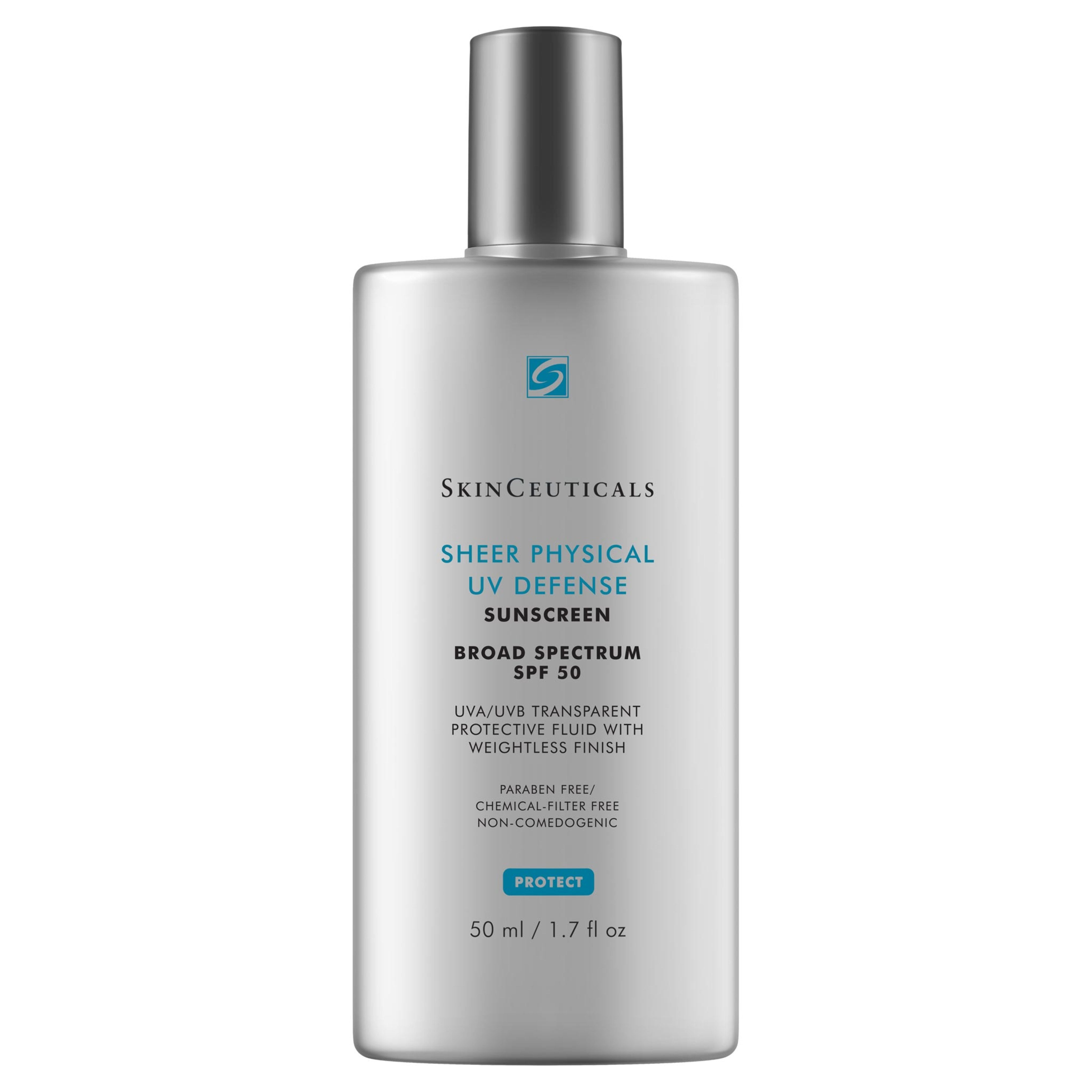PRODUCT REVIEW

Clinique Even Better Glow Light Reflecting Makeup Broad Spectrum SPF 15 CN 58 Honey
Cheaper alternatives
Product summary
What can the product work for?
Works for
Does not work for
Anti-blemish
What does the product description say?
It covers dark circles, puffy eyes, redness, blemishes and visibly hide pores to give you flawless skin looking.
Anti-aging
What does the product description say?
Blurs fine lines and covers spot and marks on the face effortlessly.
Evens skin tone
What does the product description say?
Formulated with vitamin c and e to brighten skin tone, and spf 15 to protect against uv rays.
Exfoliation
Moisturizing
Anti-oxidation
Sun protection
Honesty check
How honest is this product?
| Promise | Can it deliver? |
|---|---|
| Sun protection | |
| Evens skin tone | |
| Anti-blemish | |
| Anti-aging |
Buy now
We receive a small commission for purchases made through these links at no cost for you. Thank you for your support! Learn more
Can it cause trouble?
- Overall product irritation risk
- Acne & comedogenic risk ingredients: 0
Potential irritants
Comodogenic ingredients
User reviews (0)
Similar products & dupes
 Clinique - Even Better Glow Light Reflecting Makeup Broad Spectrum SPF 15 CN 58 Honey |  SkinCeuticals - Sheer Physical UV Defense SPF 50 |  Riversol - SPF 30 Lightweight Broad Spectrum Sunscreen |  Revlon - Liquid Makeup SPF 15, Medium Beige |  CeraVe - Face Sheer Tint Hydrating Sunscreen SPF 30 |  Consonant - The Perfect Sunscreen |  Odacite - Sun Guardian Oceanic Glacial Water Day Crème SPF 30 |  Skin79 - Water Wrapping Moist Cool Sun Stick SPF50+ PA++++ |  SVR - SEBIACLEAR Crème SPF50 |  Cocoon Apothecary - Reflector SPF 30 Facial Sun Protection |  Druide - Sunscreen SPF 30 | |
| Price | |||||||||||
| WIMJ similarity score |
67%
|
66%
|
65%
|
62%
|
61%
|
60%
|
59%
|
59%
|
58%
|
58%
| |
| SPF | SPF 15 | SPF 50 | SPF 30 | SPF 15 | SPF 30 | SPF 30 | SPF 30 | SPF 50 | SPF 50 | SPF 30 | SPF 30 |
| Key ingredients |
| Common:
Other:
| Common:
Other: | Common:
Other:
| Common:
Other:
| Common:
Other: | Common:
Other: | Common:
Other: | Common:
Other:
| Common:
Other: | Common:
Other:
|
| Irritancy | IRRITANCY
MEDIUM
| IRRITANCY
LOW
| IRRITANCY
LOW
| IRRITANCY
MEDIUM
| IRRITANCY
MEDIUM
| IRRITANCY
MEDIUM
| IRRITANCY
MEDIUM
| IRRITANCY
MEDIUM
| IRRITANCY
MEDIUM
| IRRITANCY
MEDIUM
| IRRITANCY
MEDIUM
|
| Potential Irritants |
|
|
|
|
|
|
|
|
|
|
|
| All ingredients |
|
|
|
|
|
|
|
|
|
|
|
Ingredients & concentrations
All ingredients
Key Actives
Potential irritants
Comodogenic ingredients
All ingredients
Ingredient list view
Ethylhexyl methoxycinnamate, Zinc oxide, Water, Methyl trimethicone, Phenyl trimethicone, Triethylhexanoin, Dimethicone, Butylene glycol, Trimethylsiloxysilicate, Peg-10 dimethicone, Lauryl peg-9 polydimethylsiloxyethyl dimethicone, Aluminum hydroxide, C12-15 alkyl benzoate, Glycerin, Citrus grandis peel extract, Betula alba bark extract, Saccharomyces lysate extract, Camellia sinensis leaf extract, Astrocaryum murumuru seed butter, Yeast extract, Faex, Yeast extract, Salicylic acid, Sodium hyaluronate, Caprylyl glycol, Jojoba esters, Sodium myristoyl sarcosinate, Sodium chloride, Tocopheryl acetate, Acetyl glucosamine, Caprylyl methicone, Polyglyceryl-6 polyricinoleate, Methicone, Dimethicone crosspolymer-3, Lecithin, Magnesium ascorbyl phosphate, Tetrahexyldecyl ascorbate, Disteardimonium hectorite, Isopropyl titanium triisostearate, Laureth-7, Dipropylene glycol, Dimethicone/peg-10/15 crosspolymer, Disodium edta, Phenoxyethanol, Mica, Titanium dioxide, Ci 77891, Ci 77163, Iron oxides, Ci 77492, Iron oxides, Ci 77491, Iron oxides, Ci 77499, Beer, Honey
Sources
- A review of inorganic UV filters zinc oxide and titanium dioxide
- Risk assessment of zinc oxide, a cosmetic ingredient used as a UV filter of sunscreens
- Characterization of the UVA protection provided by avobenzone, zinc oxide, and titanium dioxide in broad-spectrum sunscreen products
- Ultraviolet Protection Properties of Commercial Sunscreens and Sunscreens Containing Zno Nanorods
- ZnO nanoparticles and organic chemical UV-filters are equally well tolerated by human immune cells
- Amended Safety Assessment of Triglycerides as Used in Cosmetics
- Dimethicone as a protective ingredient in topical medications
- Final Report on the Safety Assessment of Dimethicone Copolyol
- Safety Assessment of Alumina and Aluminum Hydroxide as Used in Cosmetics
- Glycerol and the skin: holistic approach to its origin and functions
- Safety Assessment of Citrus Peel-Derived Ingredients as Used in Cosmetics
- Photosensitivity in children: An approach to diagnosis and management
- Use of Probiotics for Dermal Applications
- AMAZON RAINFOREST COSMETICS: CHEMICAL APPROACH FOR QUALITY CONTROL
- The natural yeast extract isolated by ethanol precipitation inhibits melanin synthesis by modulating tyrosinase activity and downregulating melanosome transfer
- Evaluation of dermatological effects of cosmetic formulations containing Saccharomyces cerevisiae extract and vitamins
- Salicylic acid as a peeling agent: a comprehensive review
- Beta Hydroxy Acids
- A review of toxicity from topical salicylic acid preparations
- Glycolic Acid Peels Versus Salicylic–Mandelic Acid Peels in Active Acne Vulgaris and Post‐Acne Scarring and Hyperpigmentation: A Comparative Study
- Hyaluronic acid: A key molecule in skin aging
- Hyaluronan (Hyaluronic Acid): a natural moisturizer for skin care
- The effect of N-acetyl-glucosamine on stratum corneum desquamation and water content in human skin
- Glucosamine: an ingredient with skin and other benefits
- Genomic expression changes induced by topical N-acetyl glucosamine in skin equivalent cultures in vitro
- Incorporation of D-(^H)glucosamine into normal and psoriatic epidermal glycoconjugates
- Reduction in the appearance of facial hyperpigmentation by topical N-acetyl glucosamine
- Stability, transdermal penetration, and cutaneous effects of ascorbic acid and its derivatives
- Topical L-ascorbic acid: percutaneous absorption studies
- Double-blind, half-face study comparing topical vitamin C and vehicle for rejuvenation of photodamage